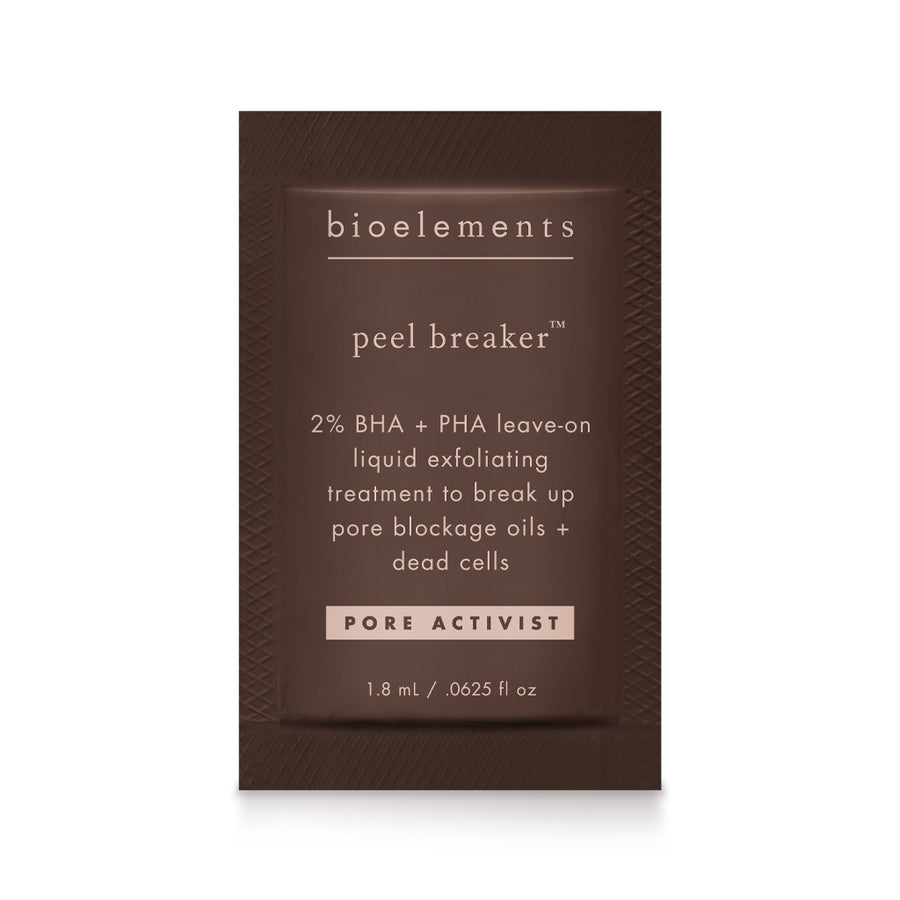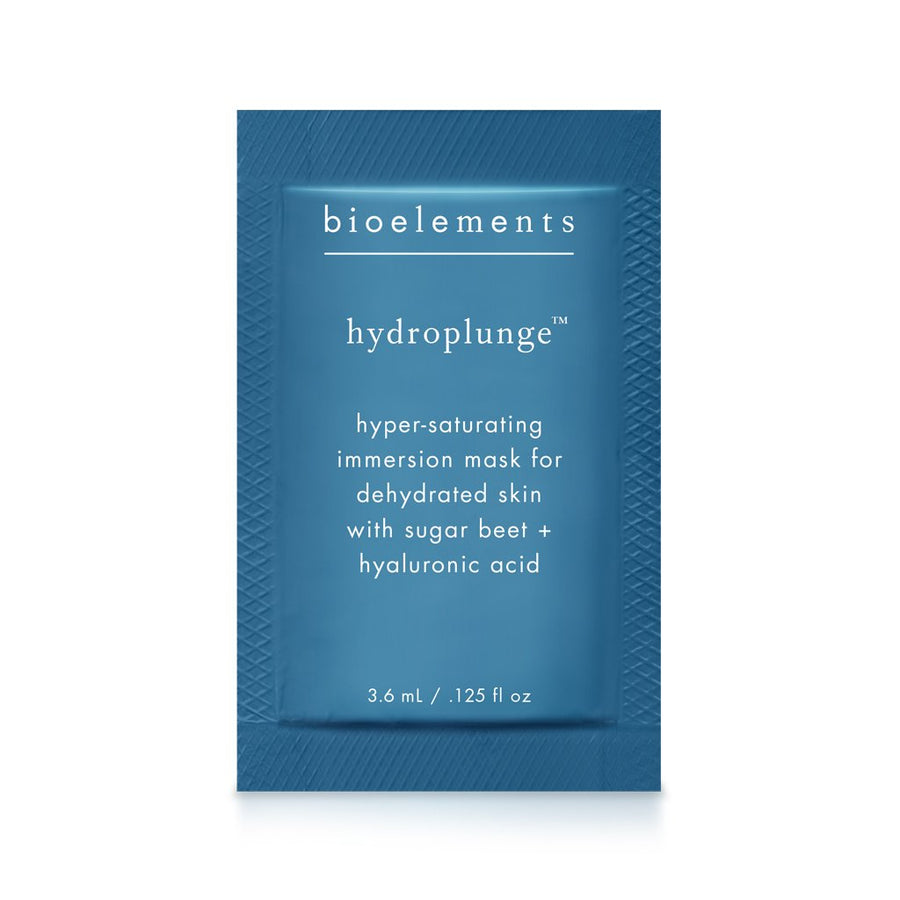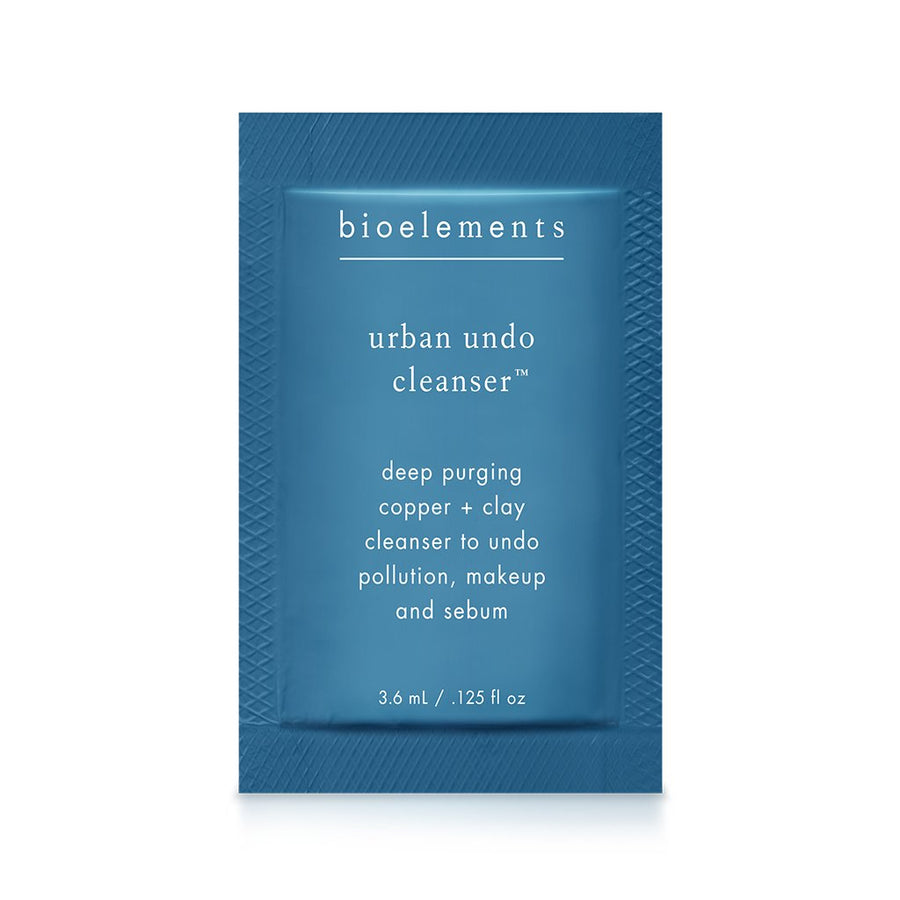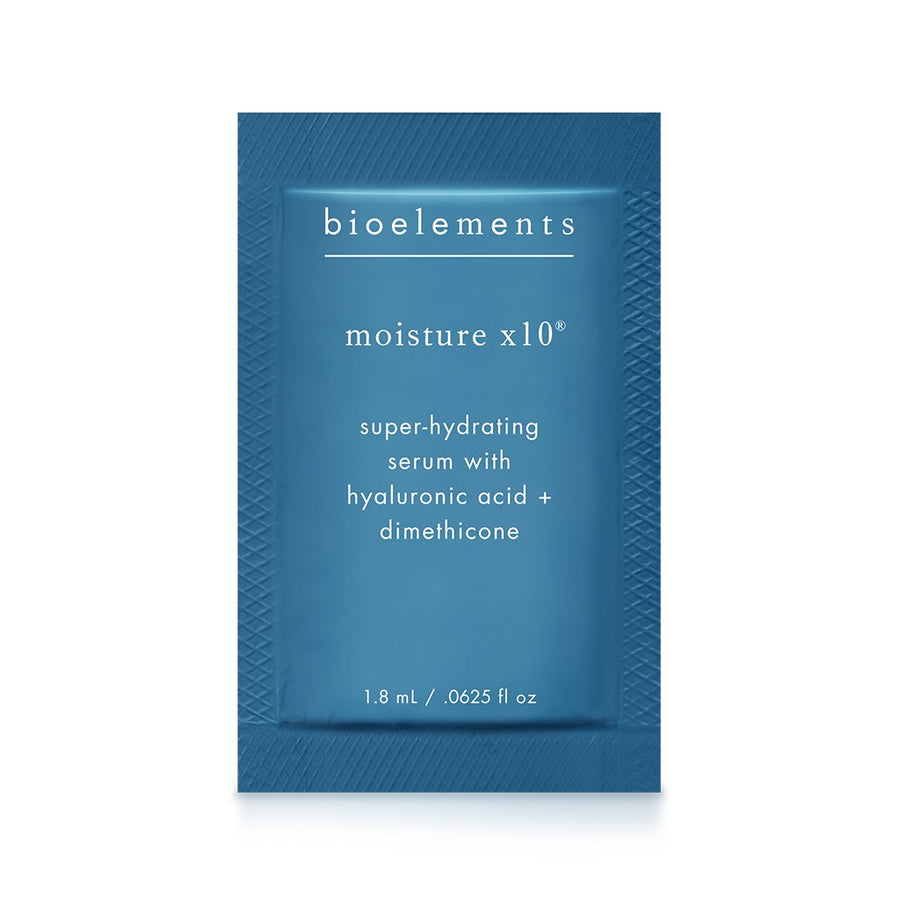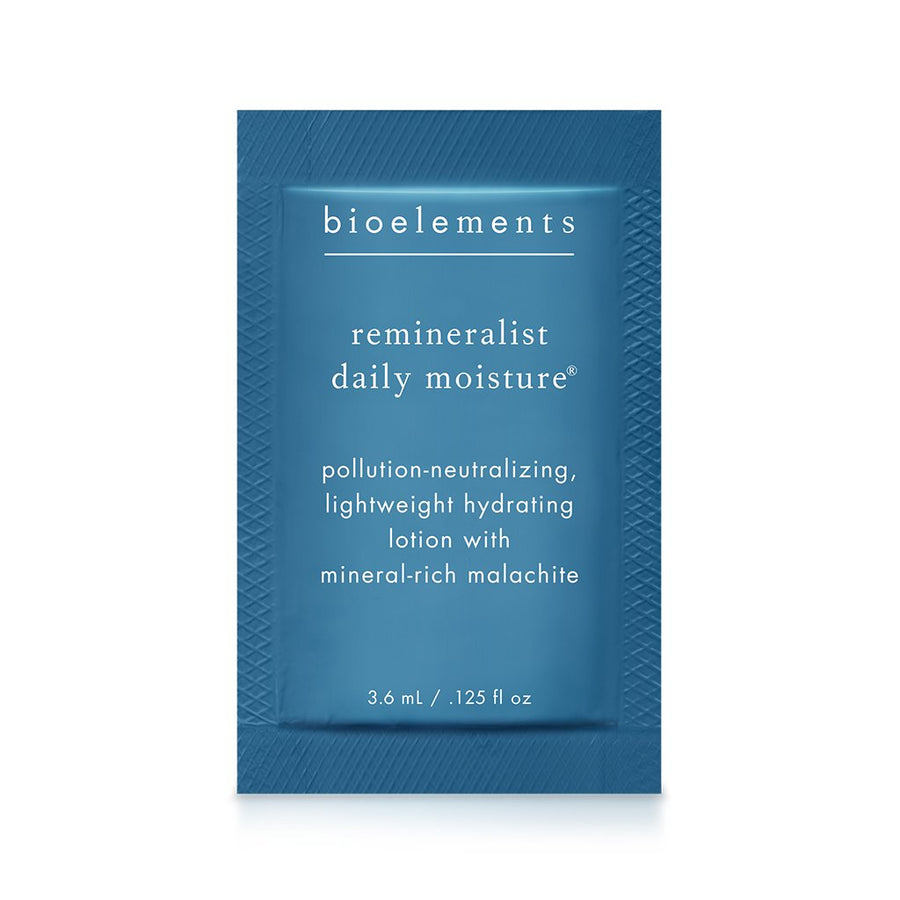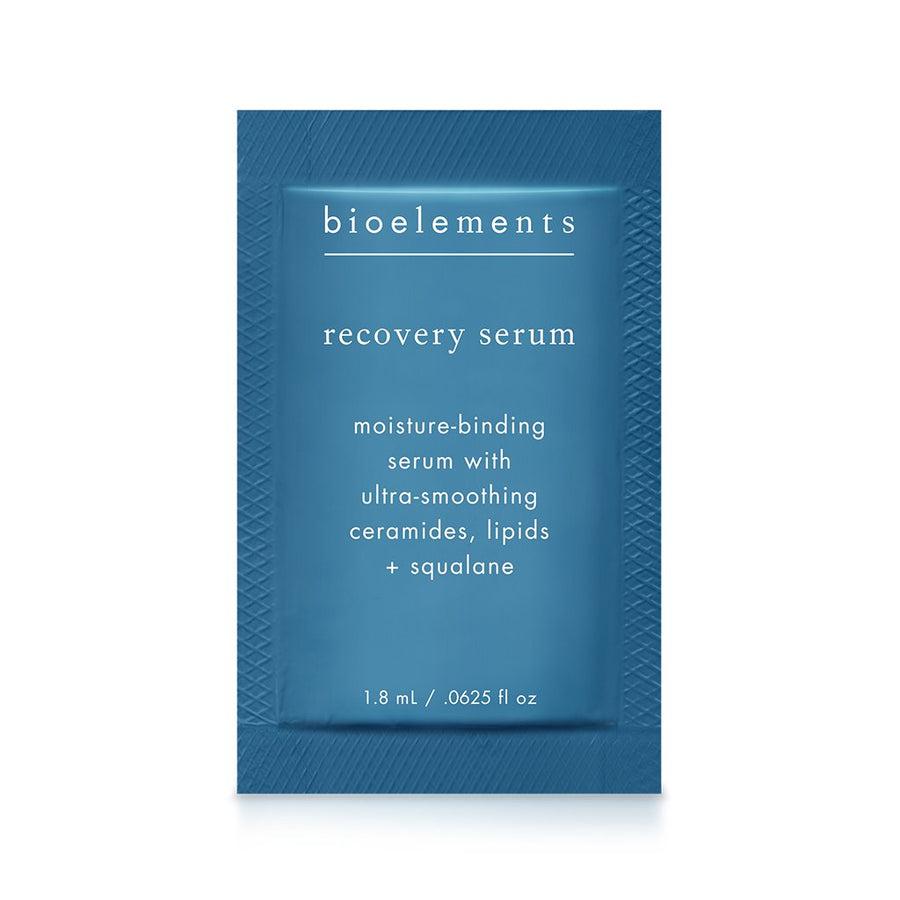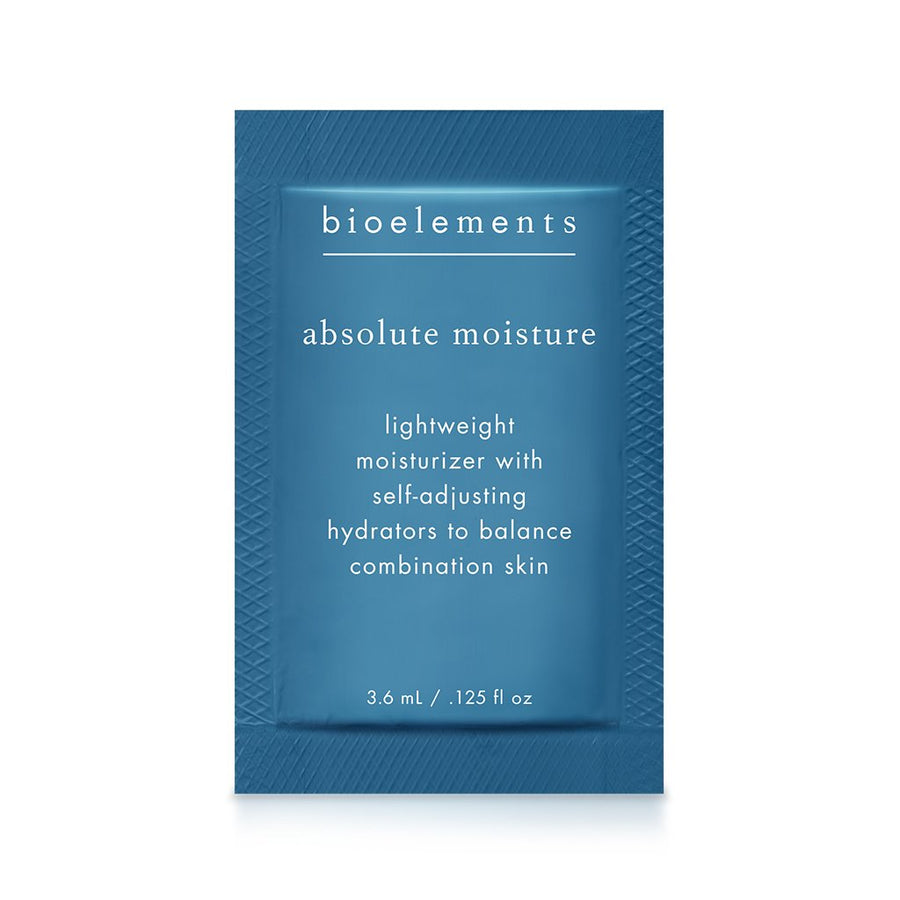You finish shaving, and instead of smooth, clear skin, you’re left with irritation, bumps and breakouts. What’s the deal? Why does such a simple grooming task seem to trigger so much skin drama? Understanding why your skin reacts this way can help you avoid those pesky post-shave breakouts and skin tantrums.
Why do people break out after shaving?
Post-shave breakouts are more common than you think. When you drag a razor over your skin, you’re not just removing hair, you’re also disrupting the surface layer of your skin. This can cause tiny micro tears, which invite bacteria into your pores. On top of that, many people use dull blades, which can increase friction and irritation.
“Pulling the skin during shaving, tweezing or waxing can also contribute to ingrown hairs by drawing the hair back into the skin,” says Teresa Stenzel, esthetician and Esthetics Insight Circle member. “The body may recognize this as a foreign object, leading to irritation and the formation of pustules.”
Another post-shave breakout culprit: ingrown hairs. When hair starts to grow back after removal, it sometimes curls inward and gets trapped under the skin.
“This often happens when the hair's growth direction is altered, causing it to curve and penetrate the skin,” says Stenzel. “These painful bumps can become irritated, develop into pustules and potentially lead to scarring or infection.”
The products you use before, during and after shaving also play a big role. Some shaving creams, gels and aftershaves contain irritating ingredients that can clog pores and lead to breakouts.
Do breakouts happen more frequently when shaving your face?
The skin on different parts of your body varies in thickness and sensitivity. For example, your face and neck have more sebaceous glands than other areas like your legs or arms. This (unfortunately) means shaving your face and neck is more likely to result in clogged pores or irritation.
Technique also matters. Stenzel says, "In areas with thicker hair, people tend to press harder or shave in the opposite direction of hair growth, causing more irritation and increasing the risk of ingrown hairs."
How can I prevent shaving-related breakouts?
-
Cleanse, exfoliate + heal: First and foremost, prep your skin before shaving. Always start with clean skin by using a gentle cleanser to remove any dirt or oil that could clog your pores while you shave. Exfoliating a day before shaving also helps by sloughing away dead skin cells, allowing for a smoother shave and reducing the risk of ingrown hairs. Try a daily-use serum to clear and heal acne in the beard area, and avoid passing over active breakouts with your razor.
-
Shave in the direction of hair growth: It’s key to shave in the direction of hair growth to reduce irritation. While going against the direction of hair growth may give you a closer shave, it’s also more likely to cause ingrown hairs and inflammation.
-
Avoid using old razors: Another tip to avoid post-shave breakouts is investing in a sharp, clean razor. Using dull, dirty blades can irritate the skin and lead to cuts or ingrown hairs. Replace your razor regularly, especially if you notice tugging or pulling.
- Heal your skin barrier: A healthy skin barrier helps protect against irritation and promotes healing. If you notice your skin is often dry, red or irritated, your barrier may be damaged. Combat your skin’s compromised barrier with calming, strengthening ingredients, like silver ear mushroom, hemp seed oil and bakuchiol.
Is it normal to experience redness or bumps after shaving, even when doing everything right?
Some mild redness or bumps are totally normal, especially if you have sensitive skin. You’re likely experiencing razor burn, a form of irritation that usually fades within a few hours. If you’re noticing persistent breakouts or painful bumps, it’s worth reviewing your shaving routine or consulting a skin care expert. They may recommend treatments that will help you keep acne bacteria at bay while repairing your skin barrier.



